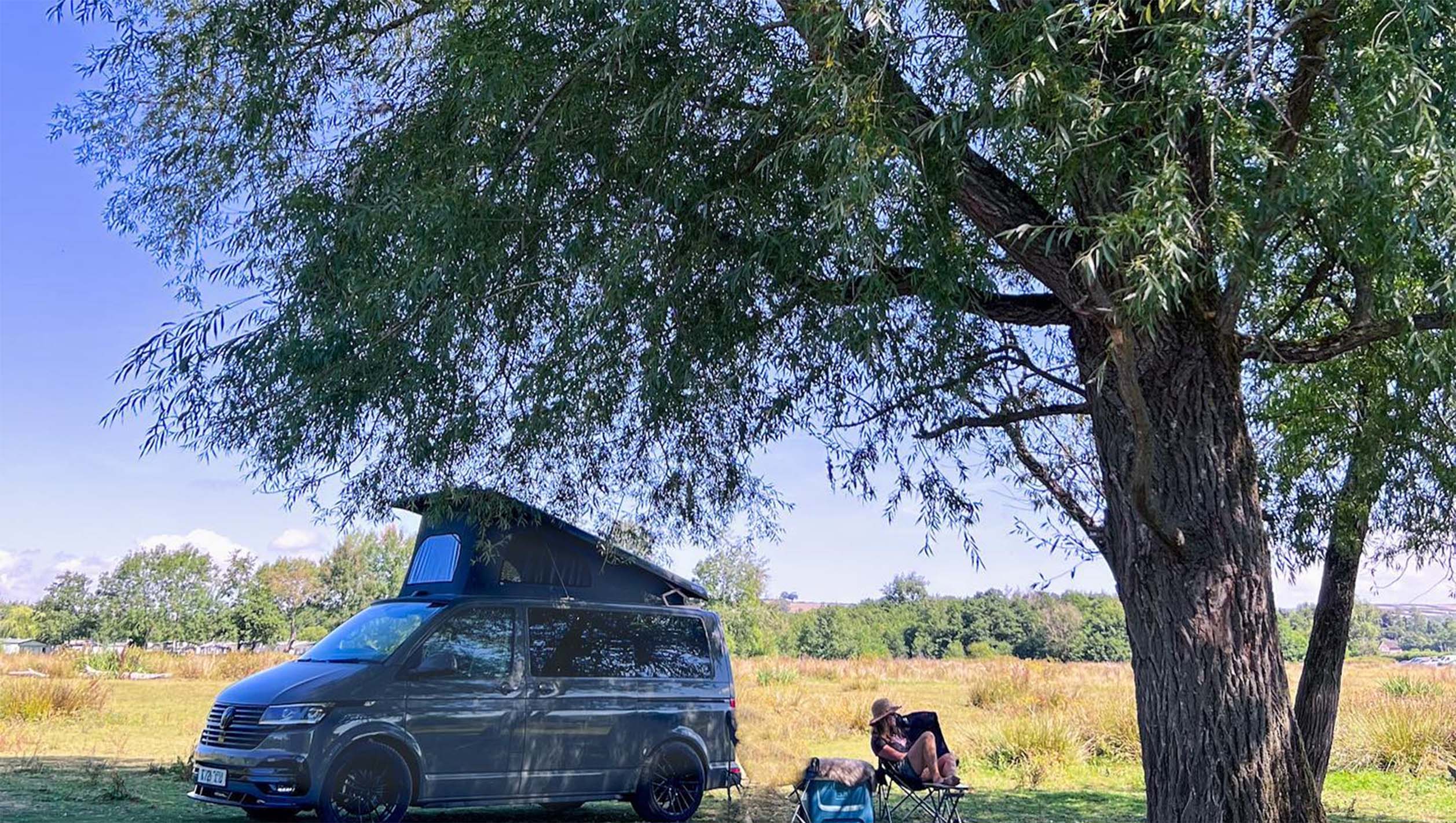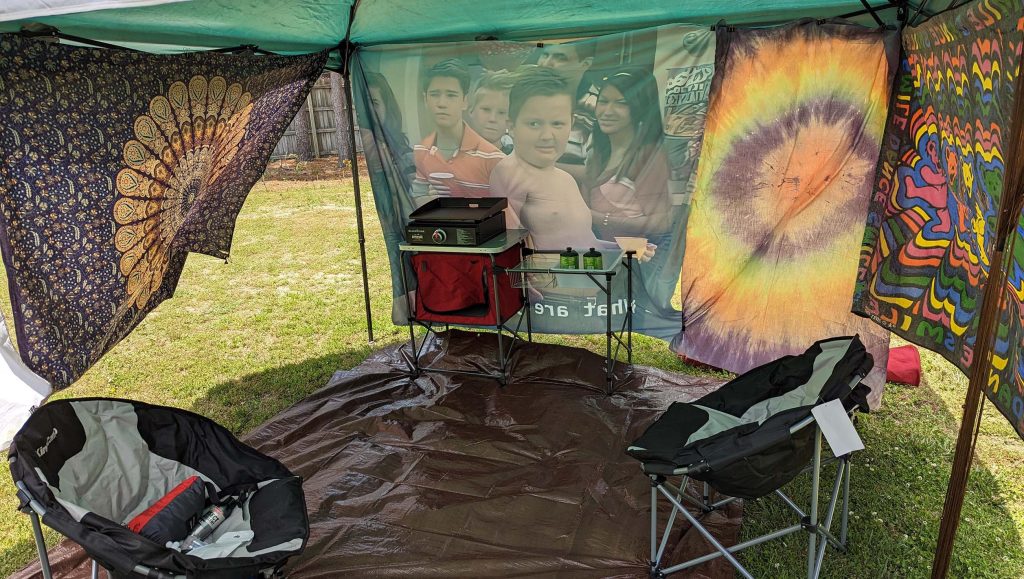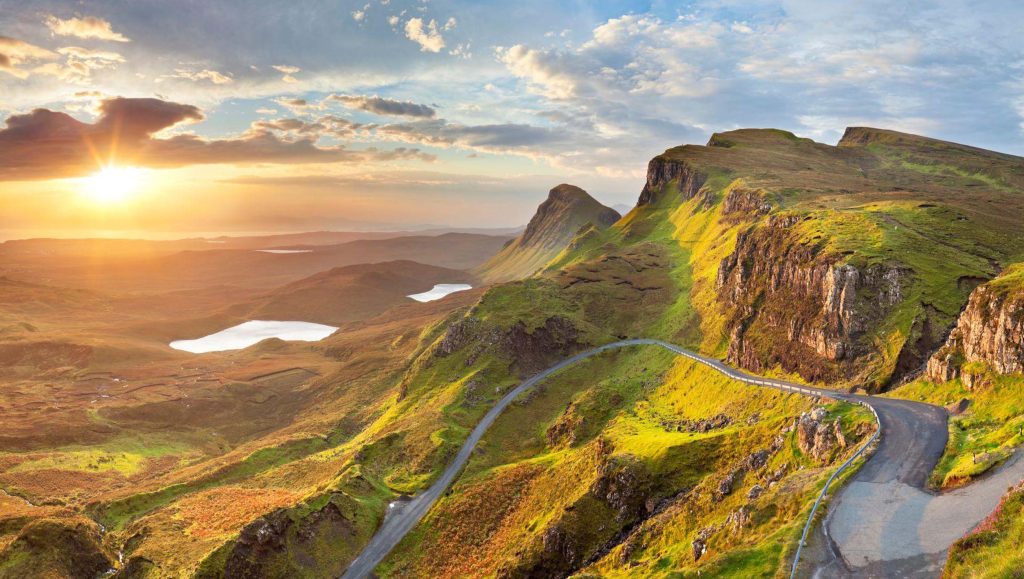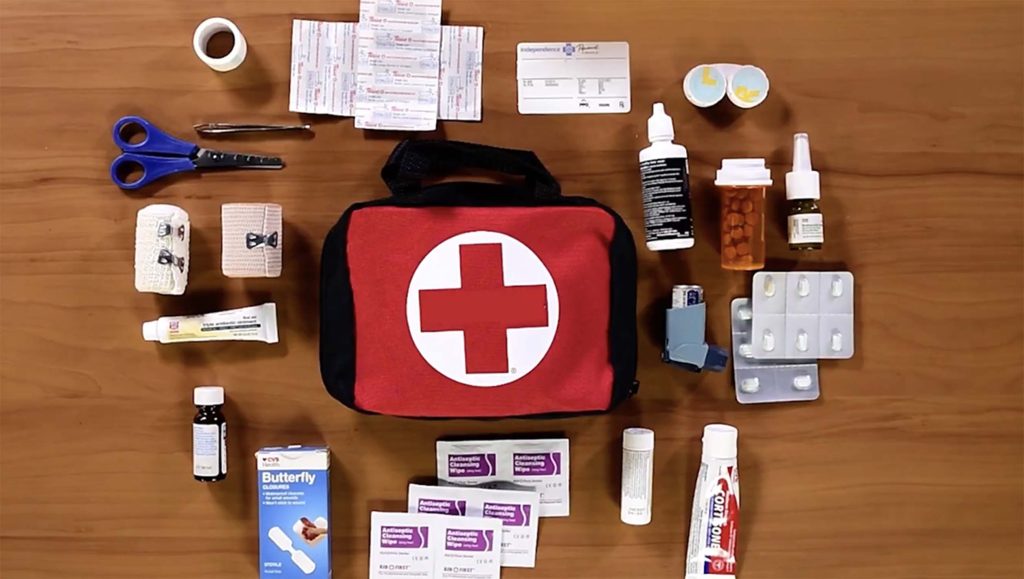
Table of Contents
- Preparing for Our Loch Lomond Camping Adventure
- Day 1: Arrival and Campsite Setup
- Day 2: Tent Talk – Setting Up Home in Nature
- Day 3: Meals Amidst Majesty
- Day 4: Weathering the Highland Elements
- Day 5: Packing Up and Safety First
There’s a special kind of magic that surrounds Loch Lomond in Scotland. It’s not just the shimmering waters that stretch as far as the eye can see or the rolling hills that cradle the loch. It’s the feeling of being one with nature, of waking up to the soothing lullaby of lapping waves and falling asleep under a canopy of stars. Loch Lomond is a place where the wilderness embraces you, where every breath is a reminder of the untamed beauty of the Scottish Highlands.
My lover and I decided to embark on a 5-day camping expedition to Loch Lomond in the crisp days of October. Beyond the stunning landscapes and the promise of adventure, our goal was to share our camping insights and tips with fellow outdoor enthusiasts. I will take you through our journey, from the meticulous planning that precedes such an escapade to the nitty-gritty of setting up camp and staying safe in the midst of nature’s grandeur.
Preparing for Our Loch Lomond Camping Adventure

The road to an unforgettable camping adventure begins with meticulous planning. Months before our departure, my partner and I found ourselves poring over maps, weather forecasts, and camping gear catalogs. Loch Lomond had been on our bucket list for quite some time, and we were determined to make this experience one for the books.
Our research led us to the charming Milarrochy Bay Camping and Caravanning Club site, nestled along the shores of Loch Lomond. Its picturesque location and basic amenities made it an ideal base camp for our Highland adventure.
Campsite Information:
- Milarrochy Bay Camping and Caravanning Club
- Location: Balmaha, West Dunbartonshire, G63 0AL
- Price: £25 per night for a pitch
- Facilities: Basic amenities, toilets, showers, and a shop
Day 1: Arrival and Campsite Setup

The moment our car pulled into Milarrochy Bay, we were greeted by a panoramic view that took our breath away. Loch Lomond, with its tranquil waters mirroring the surrounding hills, stretched out before us in all its glory. It was a sight that instantly made us feel like we had left the hustle and bustle of everyday life far behind.
Our first order of business was setting up our campsite, which would be our sanctuary for the next five days. Choosing the right spot is pivotal for a comfortable camping experience. We opted for a pitch as close to the loch’s shore as possible. The idea of waking up to the gentle lap of waves and the reflection of the hills in the loch was too enticing to resist.
We unfolded our tent, a cozy two-person haven that had accompanied us on many adventures. As the tent took shape, I couldn’t help but marvel at how this simple piece of equipment had become synonymous with freedom and adventure in our lives. With practiced ease, we staked it securely to the ground, ensuring that it would stand up to the Highland winds.
Organization is key when living in a limited space, and our camping gear had its designated place inside the tent. Sleeping bags and pads were neatly laid out, ready to provide us with warmth and comfort during the chilly nights. We set up a compact folding table and chairs, a luxury we allowed ourselves to make our camping experience even more enjoyable.
Day 2: Tent Talk – Setting Up Home in Nature

The second day of our adventure was all about getting cozy in our temporary abode – the tent. A tent is more than just a shelter; it’s your home away from home in the wilderness. A proper setup ensures a comfortable and hassle-free camping experience.
Here are some tips we learned over the years:
- Practice at Home: Before embarking on your camping trip, practice setting up your tent at home. This familiarity will be invaluable when you’re in the wild, especially if you arrive at your campsite in fading daylight or inclement weather.
- Ground Preparation: Clear the area where you’ll pitch your tent of any rocks, sticks, or debris that could puncture your tent floor. To protect the tent bottom from moisture and abrasion, use a groundsheet or footprint designed for your tent model.
- Stake It Secure: Properly stake down your tent to ensure it stays put in windy conditions. Be mindful of the rainfly’s tension – it should be tight enough to prevent flapping in the wind while allowing for proper ventilation.
- Interior Organization: Living in a confined space requires a certain level of organization. Use storage compartments to keep small items like headlamps, pocket knives, and books within easy reach. Consider hanging gear from the tent’s ceiling to maximize floor space. A ground tarp can be placed inside the tent to protect against moisture and make cleanup easier.
With our tent pitched and organized, we couldn’t help but feel a sense of accomplishment. Our little camping haven was ready to provide us with warmth and shelter amidst nature’s grandeur. As we settled in for the night, we listened to the sounds of the Highland night – the distant hooting of an owl, the rustle of leaves, and the gentle lapping of Loch Lomond’s waters against the shore.
Day 3: Meals Amidst Majesty

One of the most exciting aspects of camping is preparing and savoring meals amidst the beauty of the outdoors. It’s a time to get creative with limited resources and appreciate the simple joys of life. Our third day was dedicated to culinary adventures in the heart of Loch Lomond’s majesty.
Here are some tips for creating delicious campsite meals:
- Portable Stove: A portable camping stove is a must-have for cooking in the wild. It’s compact, efficient, and allows you to prepare hot meals quickly.
- Meal Planning: Plan your meals ahead of time and pack non-perishable items like canned goods, pasta, and dehydrated meals. Don’t forget to bring a variety of spices and condiments to add flavor to your dishes.
- Food Storage: When camping in bear country, it’s crucial to safeguard your food from wildlife. Consider using bear canisters or hanging your food from a tree branch away from your campsite to prevent unwanted visitors.
Our campsite offered us a perfect spot to cook our meals. Breakfasts were simple – hot coffee to kickstart our day and oatmeal to provide us with the energy needed for our adventures. Lunch often consisted of sandwiches or wraps, which were easy to prepare and pack for hikes. But it was dinner that allowed us
to indulge in hot and hearty meals. We feasted on pasta with a rich tomato sauce and grilled vegetables, relishing every bite as we watched the sun dip below the hills and Loch Lomond transform into a mirror of stars.
Eating amidst the Highland scenery was a sensory delight. The fresh air added an extra layer of enjoyment to our meals, making them taste even more delicious. And as we relished our culinary creations, we made sure to practice Leave No Trace principles by cleaning our cookware thoroughly and properly disposing of waste, leaving our campsite as pristine as we found it.
Day 4: Weathering the Highland Elements

The Scottish weather is notorious for its unpredictability, and our fourth day was a lesson in adapting to the Highland elements. The day began with clear skies and a gentle breeze, but as afternoon approached, dark clouds rolled in, casting an ominous shadow over Loch Lomond.
The Highland weather is known for its rapid changes, and being prepared for rain, wind, and temperature fluctuations is essential for a successful camping trip. Here are some essential tips:
- Layering: Dressing in layers is key to regulating body temperature in unpredictable weather. We started with moisture-wicking base layers to keep sweat away from our skin. Over these, we added insulating layers for warmth. Our outer layer consisted of waterproof and windproof jackets and pants to shield us from rain and wind. Layering allowed us to easily adjust to changing conditions.
- Rain Gear: Always carry rain gear, including waterproof jackets and pants, even if the weather forecast seems promising. In the Highlands, rain showers can occur unexpectedly, and having the right gear can make all the difference.
- Footwear: Invest in waterproof and sturdy hiking boots. Keeping your feet dry and comfortable is crucial for an enjoyable camping experience.
As we ventured out on a hike along the loch’s shore, we marveled at the ever-changing Highland landscape. The sunlight danced on the water’s surface, creating a mesmerizing play of light and shadow on the hills. It was the kind of beauty that made you forget about the occasional rain shower.
And a shower did indeed surprise us. Just as we were admiring the view from a picturesque vantage point, raindrops began to fall. It was a reminder that in the Highlands, the weather can change in the blink of an eye. But with our rain gear at the ready, we didn’t let it dampen our spirits. We continued our hike, knowing that the rain would pass as quickly as it had arrived.
By the time we returned to our campsite, the rain had stopped, and the setting sun painted the sky in hues of orange and pink. It was a testament to the Highland’s capricious weather – unpredictable yet undeniably beautiful.
Day 5: Packing Up and Safety First

Our final day in Loch Lomond had arrived, and with it came the bittersweet task of packing up our campsite. As we dismantled our tent and gathered our gear, we were mindful of our responsibility to leave no trace of our presence in this pristine wilderness.
Here are some essential steps to follow when packing up your campsite:
- Leave No Trace: As advocates of Leave No Trace principles, we made sure to pack out all trash, clean the campsite thoroughly, and avoid causing any damage to plants or wildlife. Leave the natural environment exactly as you found it.
- Safety Check: Before leaving your campsite, perform a thorough safety check. Ensure that all fires are completely extinguished, and all camping equipment is properly stored and secured.
- Navigation: In the wild, it’s essential to be prepared for unexpected situations. Always carry a reliable map and compass and familiarize yourself with the area’s trails and landmarks. It’s a precaution that can make all the difference in case of emergencies or if you simply want to explore off the beaten path.
Saying farewell to Loch Lomond was undoubtedly one of the most difficult parts of our journey. We had grown attached to this piece of wilderness that had become our temporary home. But as we drove away from the loch’s shores, we left with a promise to return someday, armed with even more camping knowledge and an even deeper appreciation for the Highland’s untamed beauty.
Our 5-day camping adventure in Loch Lomond was an immersion in natural beauty, outdoor living, and the Highland spirit. Loch Lomond, with its serene waters and towering hills, had exceeded our expectations and left us with cherished memories etched in our hearts.
We hope this inspires fellow adventurers to embrace the great outdoors and savor the beauty of Loch Lomond responsibly. Beyond the breathtaking landscapes, the Highland wilderness offers valuable life lessons about adaptability, gratitude for nature’s wonders, and the importance of preserving our natural treasures.
As we look back on our journey, Loch Lomond remains a place that holds a piece of our souls. We eagerly anticipate the day when we can return to its shores, share more campfire tales, and create new memories amidst the untamed beauty of the Scottish Highlands. Until then, we’ll carry the spirit of Loch Lomond with us, a reminder that the call of the wild is never too far away.